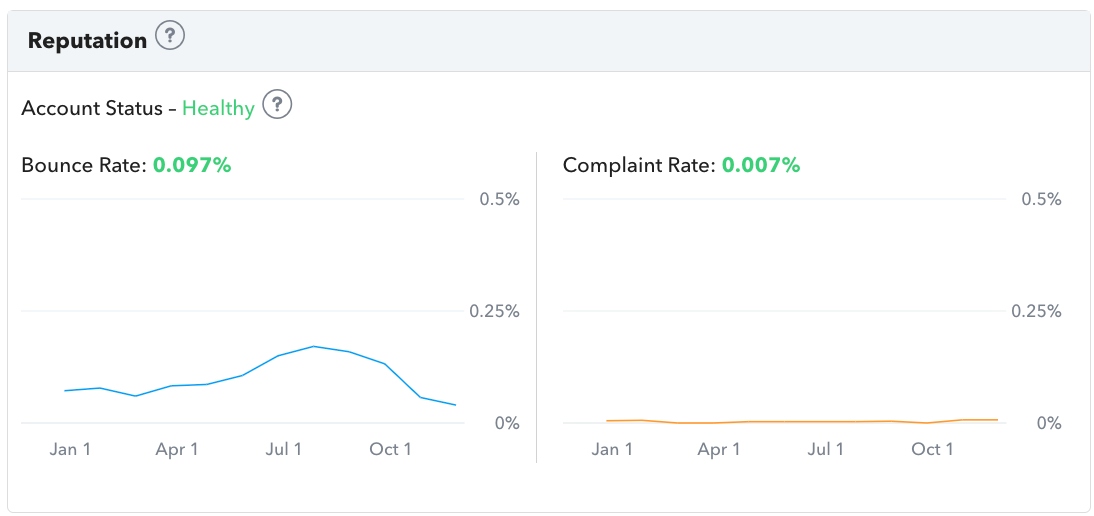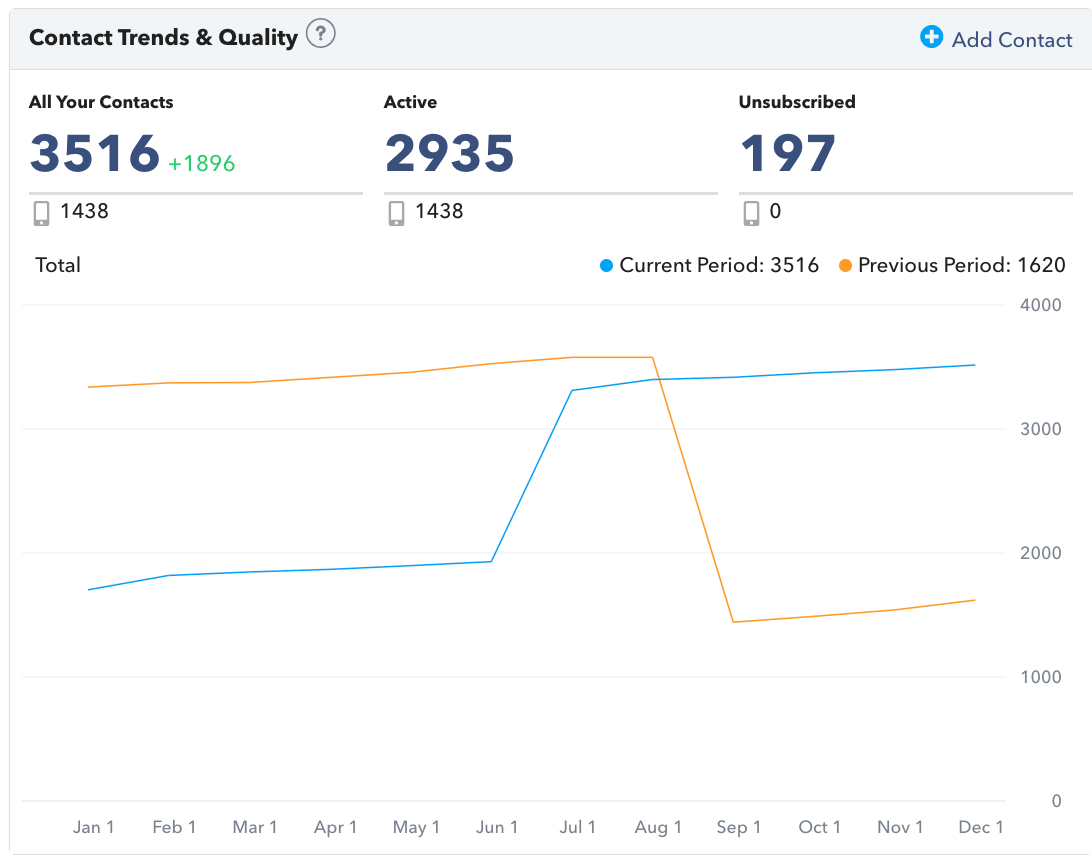Email marketing helps businesses engage, nurture, and convert leads into loyal customers. However, determining the ideal number of emails to send to new leads can be a delicate balancing act. Send too few, and you risk not providing enough information or engagement to convert the lead. Send too many, and you might overwhelm potential customers and drive them away. In this guide, we'll explore the art of email marketing, focusing on how many emails a business should send to new leads to maximize conversion and build lasting relationships.
Table of Contents
- Why Email Marketing Matters for Lead Nurturing
- The Ideal Number of Emails for New Leads
- Key Factors Influencing Email Frequency
- Crafting a Strategic Email Marketing Plan
- Segmentation and Personalization Strategies
- Testing and Optimization for the Ideal Frequency
- Common Email Marketing Mistakes to Avoid
- Conclusion

Why Email Marketing Matters for Lead Nurturing
Before delving into the number of emails to send to new leads, it's essential to understand the significance of email marketing in lead nurturing.
Building Relationships
Email marketing provides a platform for building and nurturing relationships with leads. It allows businesses to stay in touch, provide valuable content, and create a connection that can lead to conversions.
Segmentation and Personalization
Email marketing allows for personalization and segmentation, ensuring that leads receive content tailored to their interests and needs. This enhances the effectiveness of lead nurturing campaigns.
TruVISIBILITY has helped tons of businesses build relationships with leads and customers alike with Messaging, an email application that can integrate with every digital marketing tool you need, like landing pages and chatbots. TruVISIBILITY’s email automation capabilities allow for the personalization and contact list segmentation every business needs to send the right types of emails to targeted audiences.
Data-Driven Insights
Email marketing offers valuable data and insights that can be used to refine strategies. Metrics such as open rates, click-through rates, and conversion rates provide a clear picture of how leads are responding to your emails.
The Ideal Number of Emails for New Leads
The number of emails a business should send to new leads depends on several factors, including the type of business, industry, audience preferences, and the specific goals of your email marketing strategy. Here's a breakdown of different types of emails and their ideal frequency:
Onboarding Sequence
When a lead first subscribes to your email list, an onboarding sequence is vital. This typically consists of a series of emails that introduce your business, its values, and the benefits of being a subscriber. One to three onboarding emails is a common starting point.
Educational Content
Providing educational content can help establish your business as an industry authority. A weekly or bi-weekly newsletter with valuable tips, how-to guides, or industry insights can be effective.
Promotional Emails
Promotional emails can include discounts, special offers, or product/service announcements. The frequency of these emails depends on your business type and audience preferences. For some businesses, a weekly promotion might be suitable, while others may find monthly offers more effective.
Post-Purchase and Retention Emails
For e-commerce and subscription-based businesses, post-purchase and retention emails are crucial. These may include order confirmations, shipping updates, and follow-up emails. The frequency depends on the nature of your products or services and customer buying cycles.
Key Factors Influencing Email Frequency
The ideal frequency of emails for new leads is influenced by several key factors:
Industry and Business Type
Different industries and business types have varying norms for email frequency. For example, a daily email might be acceptable for a news publication but overwhelming for a SaaS business.
Audience Preferences
Understanding your audience's preferences is paramount. Some leads may appreciate frequent communication, while others prefer less frequent updates.
Type of Product or Service
The nature of your product or service plays a role. Low-commitment purchases, like consumer goods, may warrant more frequent communication, while high-ticket items or B2B services may require a more restrained approach.
Email Marketing Goals
Consider your specific email marketing goals. Are you aiming to drive immediate sales, build long-term relationships, or a combination of both? Your goals will influence the ideal email frequency.
Analyzing Data and Feedback
Regularly review email marketing metrics and gather feedback from your audience. Open rates, click-through rates, and subscriber feedback can provide insights into whether your email frequency is effective.
Looking for a platform that offers email campaign and blast statistics? TruVISIBILITY’s email messaging app can help businesses with A/B testing, learning about click-through rates, open rate patterns, and more analytics.


Crafting a Strategic Email Marketing Plan
To determine the ideal number of emails for new leads, it's essential to craft a strategic email marketing plan. This plan should encompass various types of emails, including:
Welcome Emails
A welcome email is the first point of contact with new leads. It sets the tone for your relationship. One or two welcome emails can be sufficient to introduce your business.
Educational Series
Educational emails are valuable for nurturing leads. Depending on your content strategy, a weekly or bi-weekly newsletter can be effective.
Promotions and Discounts
The frequency of promotional emails varies. Weekly promotions may work for some businesses, while monthly or quarterly offers may be better suited to others.
Transactional and Service Emails
These emails, such as order confirmations and shipping updates, should be sent as needed based on customer interactions and purchases.
Re-engagement Campaigns
If you notice decreased engagement or inactive subscribers, re-engagement campaigns can be valuable. Send these periodically to win back disengaged leads.
Segmentation and Personalization Strategies
Segmentation and personalization are key to ensuring the right email frequency for different leads. Consider segmenting your email list based on:
Demographic Data
Segment leads based on factors such as age, gender, location, and job title. Tailor your emails to suit the preferences of each segment.
Behavior and Engagement
Segment leads based on their behavior, such as website visits, email opens, and click-throughs. Send more frequent emails to highly engaged leads and adjust the frequency for less engaged ones.
Purchase History
For e-commerce businesses, segment leads based on their purchase history. Send relevant product recommendations and offers based on their previous purchases.
Geographical Location
Consider segmenting based on geographical location if your business operates in different regions. This allows you to send location-specific offers and updates.
Testing and Optimization for the Ideal Frequency
Determining the ideal email frequency often requires testing and optimization. Here are some strategies to find the right balance:
A/B Testing
Perform A/B tests to compare different email frequencies. Send one group a weekly email and another group a bi-weekly email to see which group has better engagement.
Analyzing Open Rates and Click-Through Rates
Regularly review open rates and click-through rates for your emails. If open rates drop or click-through rates are low, it may be a sign that the current email frequency is not effective.
Soliciting Feedback
Gather feedback from your audience through surveys or direct communication. Ask them how they feel about the current email frequency and if they have suggestions for improvement.
Common Email Marketing Mistakes to Avoid
To ensure the right email frequency for new leads, it's important to avoid common mistakes, including:
Overwhelming with Emails
Sending too many emails too frequently can overwhelm leads and lead to unsubscribes. Be mindful of the balance between engagement and intrusiveness.
Neglecting Personalization
Failing to personalize emails and sending generic content can result in disengagement. Personalize your emails to make them more relevant to each lead.
Ignoring Unsubscribes
Pay attention to unsubscribes and take them as an opportunity to improve your email strategy. Understand why leads are opting out and make necessary adjustments.
Failing to Optimize for Mobile
Many leads access emails on mobile devices. Failing to optimize emails for mobile can result in poor user experiences and reduced engagement.
Disregarding Analytics
Regularly review email analytics to identify trends and areas for improvement. Don't ignore the valuable insights provided by data.
Conclusion
The ideal number of emails for new leads is not a one-size-fits-all formula. It requires a strategic approach that takes into account industry, audience preferences, and the specific goals of your email marketing strategy. Striking the right balance ensures that you engage leads effectively, nurture them into customers, and build lasting relationships that benefit your business in the long term.
Check out how you can start marketing to leads for free with TruVISIBILITY’s Messaging app today - complete with email templates for every kind of email businesses need to capture the attention of modern audiences.
Want to receive more articles?
Sign-up for our weekly newsletter to receive info that will help your business grow



